Obesity in dogs is a significant health issue that can lead to a myriad of complications, including diabetes, heart disease, and joint problems. Certain breeds are more prone to obesity due to genetic predispositions, slower metabolisms, and lifestyle factors that may contribute to weight gain. Owners of these breeds need to be particularly vigilant about diet management, exercise routines, and regular veterinary check-ups to prevent obesity. Understanding which breeds are most at risk can help owners take proactive steps to ensure their pets lead healthier, more active lives. This article outlines the ten dog breeds most susceptible to obesity, discussing the specific reasons for their vulnerability and providing insights into how to manage and prevent excessive weight gain in these breeds.
1. Labrador Retriever
Labrador Retrievers are one of the most beloved dog breeds worldwide, but they are also prone to obesity. This tendency stems partly from their voracious appetites and a genetic disposition to gain weight. Labs are often used as working dogs in various capacities, which may lead them to be overfed to keep them energetic. However, without proper exercise, this can lead to significant weight gain. It’s crucial for owners to measure food portions, limit treats, and ensure Labs get plenty of exercise to maintain a healthy weight.
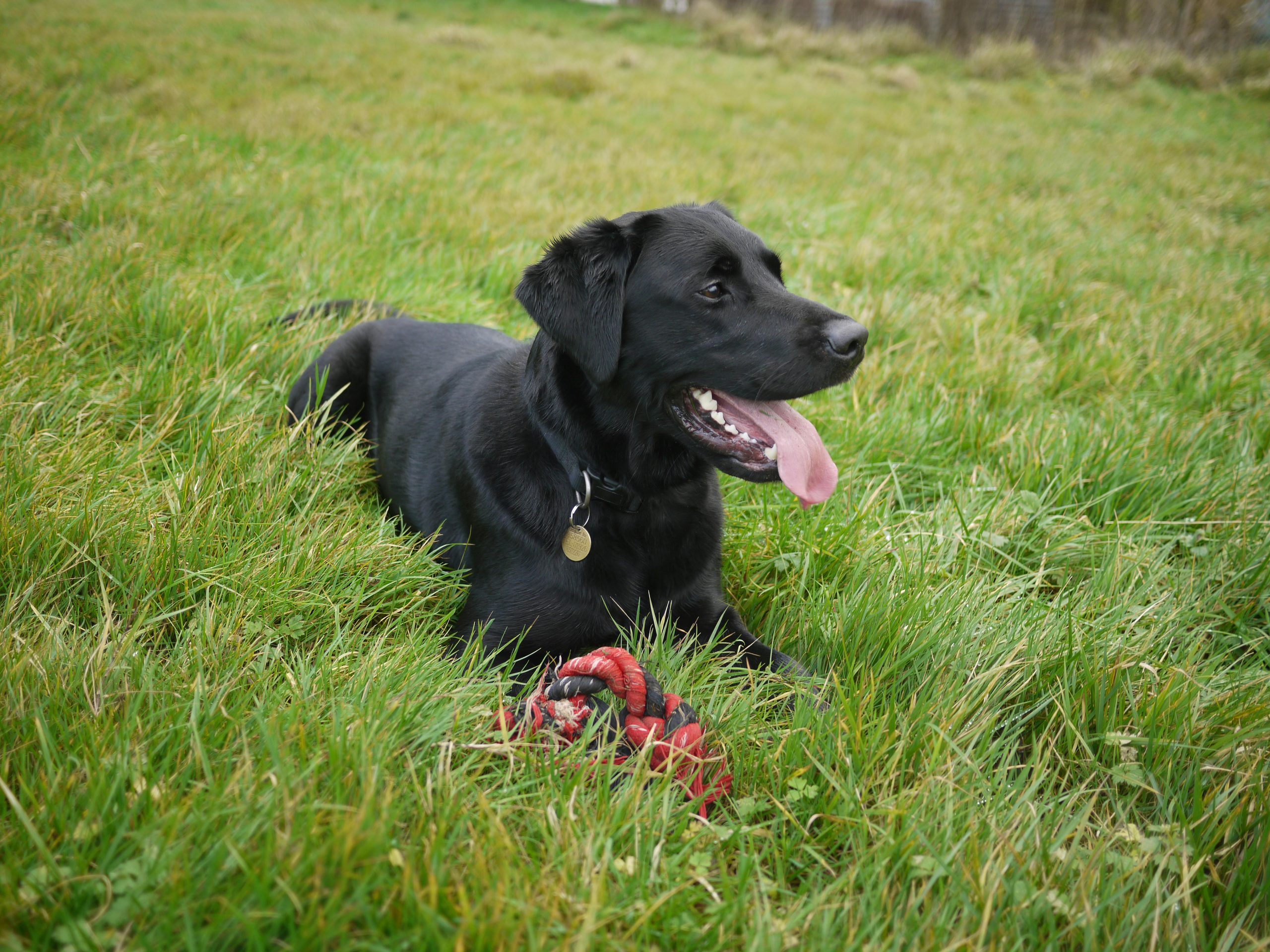
2. Pug
Pugs have a natural inclination towards obesity due to their small stature and less active lifestyle. These charming dogs are known for their playful yet laid-back nature, often preferring lounging around to vigorous physical activity. Pugs also have a big appetite, which, if not carefully managed, can lead to rapid weight gain. Owners need to engage pugs in daily exercise and closely monitor their diet to prevent obesity and associated health issues like respiratory and joint problems.
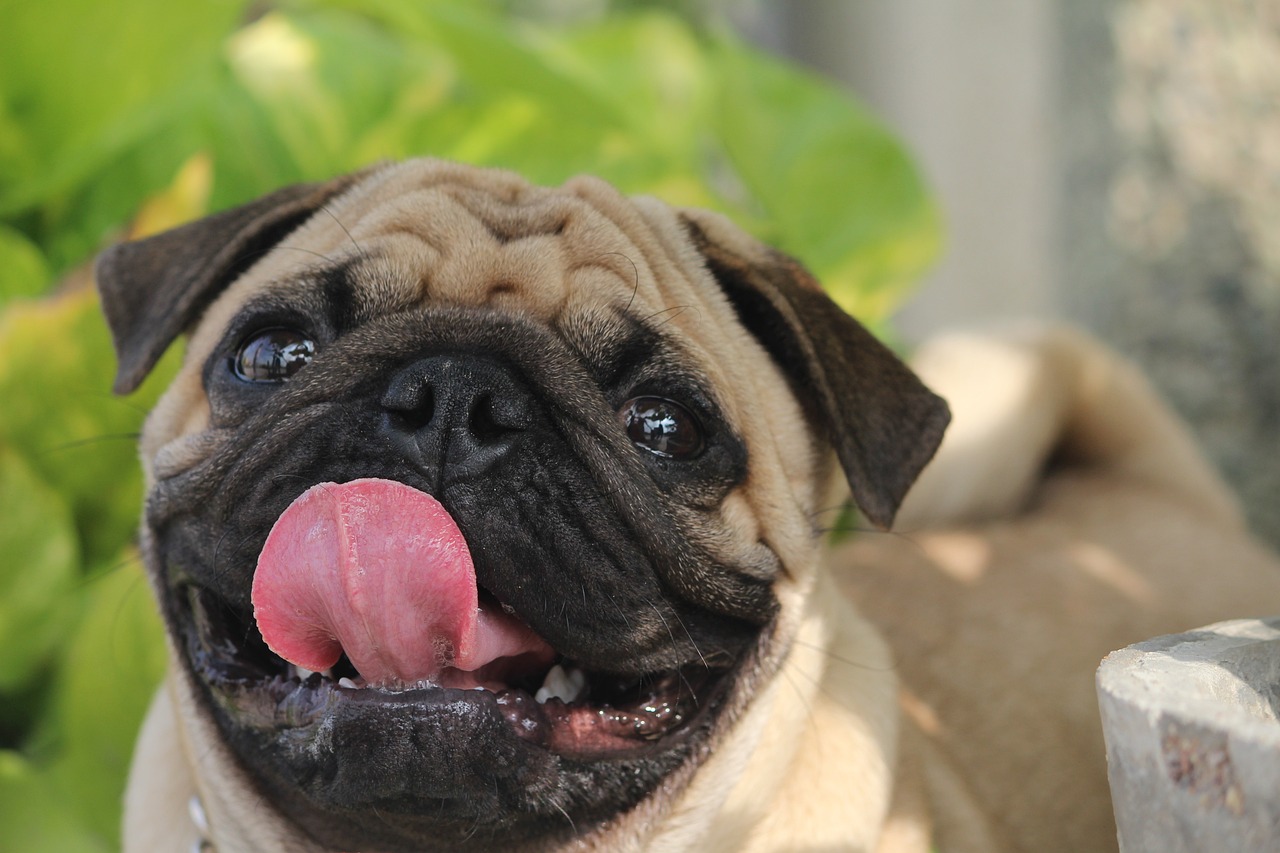
3. Dachshund
Dachshunds are particularly vulnerable to weight gain due to their long spinal structure and short legs, which can discourage active play. Obesity in dachshunds is especially problematic as excess weight can lead to back issues, including intervertebral disk disease. Effective weight management involves regular, gentle exercise tailored to their physical capabilities and careful monitoring of their food intake to avoid overfeeding.

4. Basset Hound
Basset Hounds are naturally prone to obesity because of their body structure and slow metabolism. Their short legs and long body make excessive weight particularly burdensome, exacerbating joint problems and increasing the risk of cardiac disease. Owners of Basset Hounds should prioritize regular moderate exercise and strictly control dietary intake to manage their propensity for weight gain.
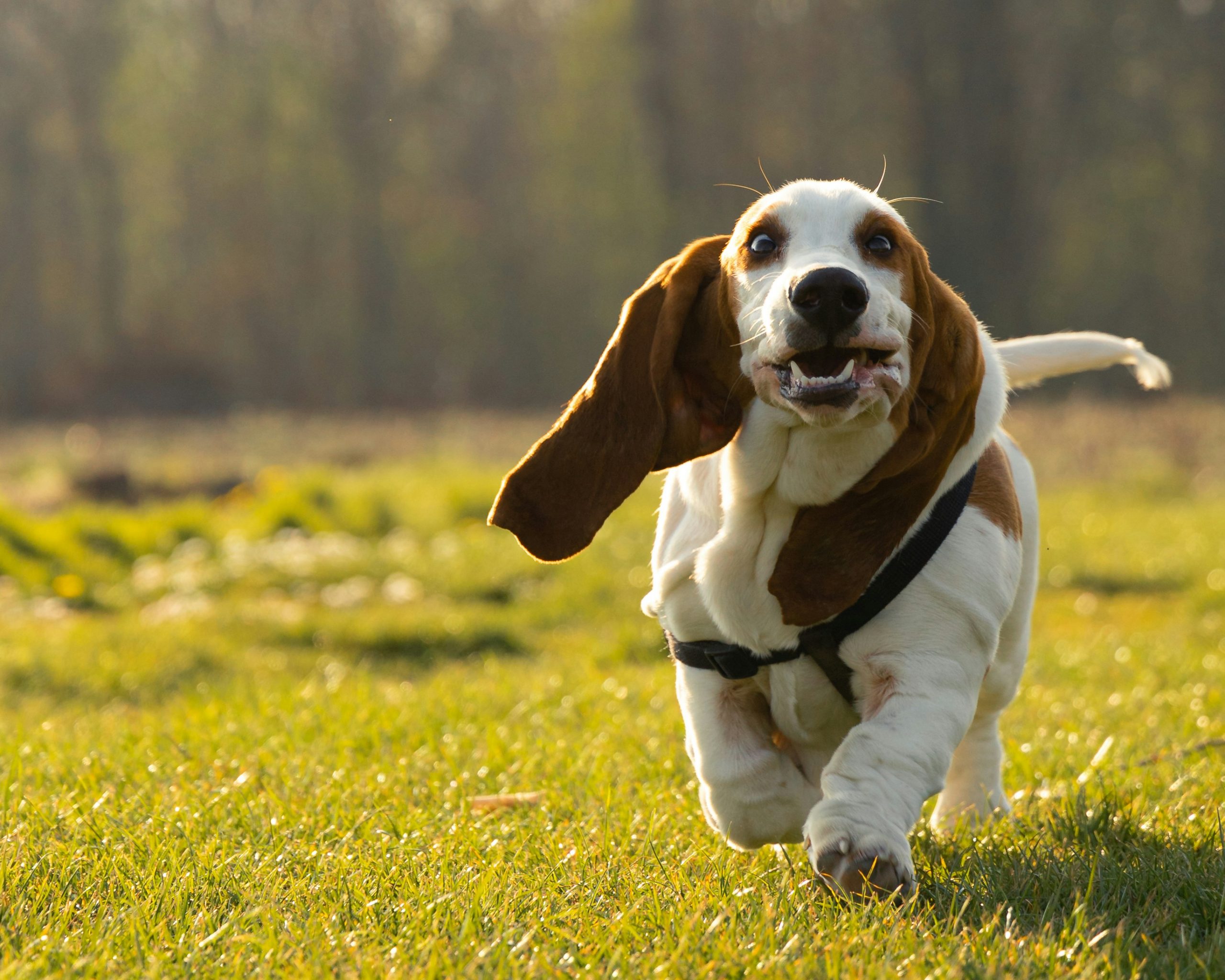
5. Beagle
Beagles are predisposed to obesity because of their incredible sense of smell, which can lead them to food sources, and their love for eating. They require plenty of exercises to counterbalance their intake and maintain a healthy weight. Without adequate physical activity and controlled feeding, Beagles can quickly become overweight, leading to additional strain on their joints and overall health.

6. Cocker Spaniel
Cocker Spaniels are susceptible to obesity, especially as they age and their activity levels decrease. Known for their gentle and affectionate nature, they can easily gain weight if their calorie intake is not adjusted to match their slowing metabolism. Regular vet check-ups and a well-balanced diet are essential to keep Cocker Spaniels in optimal health.
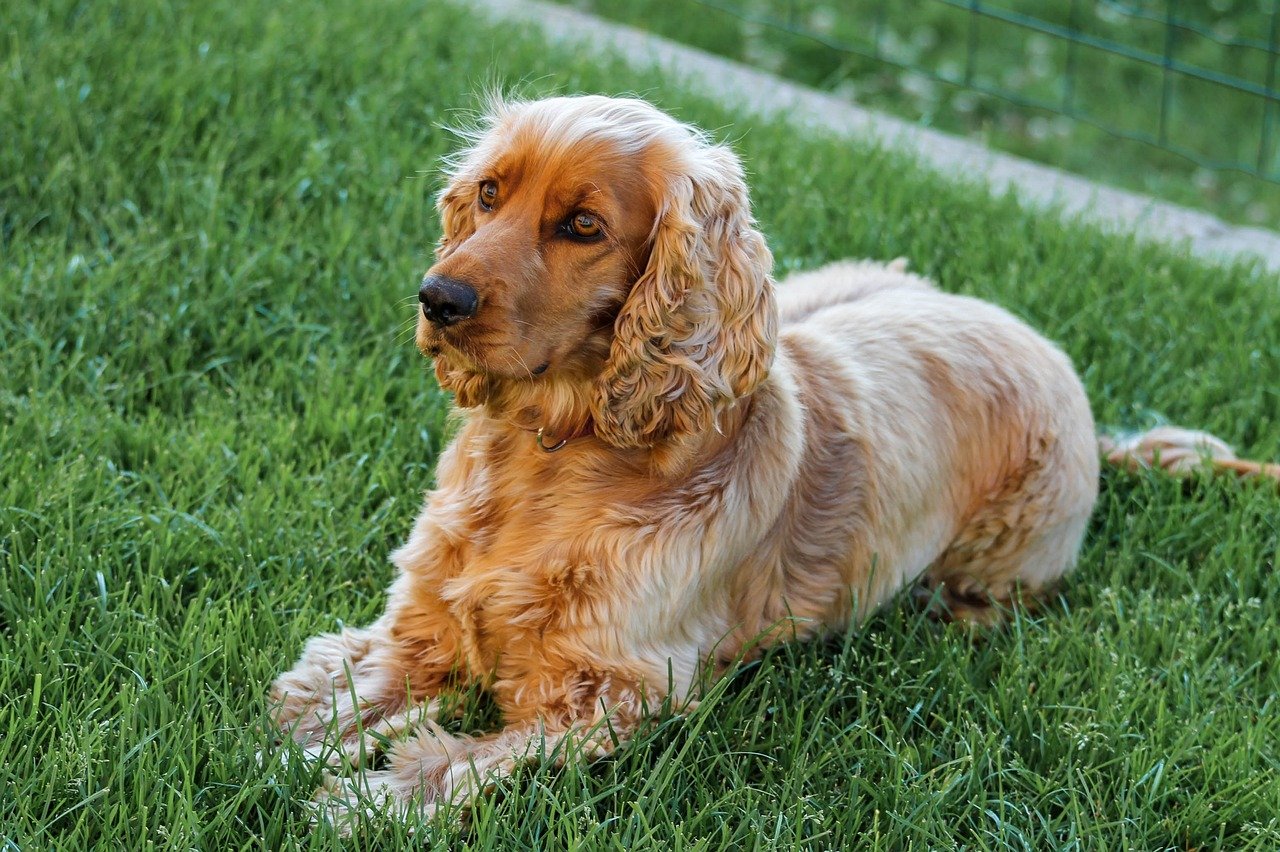
7. Bulldog
Bulldogs, both English and American varieties, are prone to obesity due to their compact build and predisposition for less physical activity. Their stout body and respiratory issues often discourage vigorous exercise, contributing to weight gain. Bulldogs require carefully measured diets and moderate exercise that suits their physical capabilities to prevent obesity.
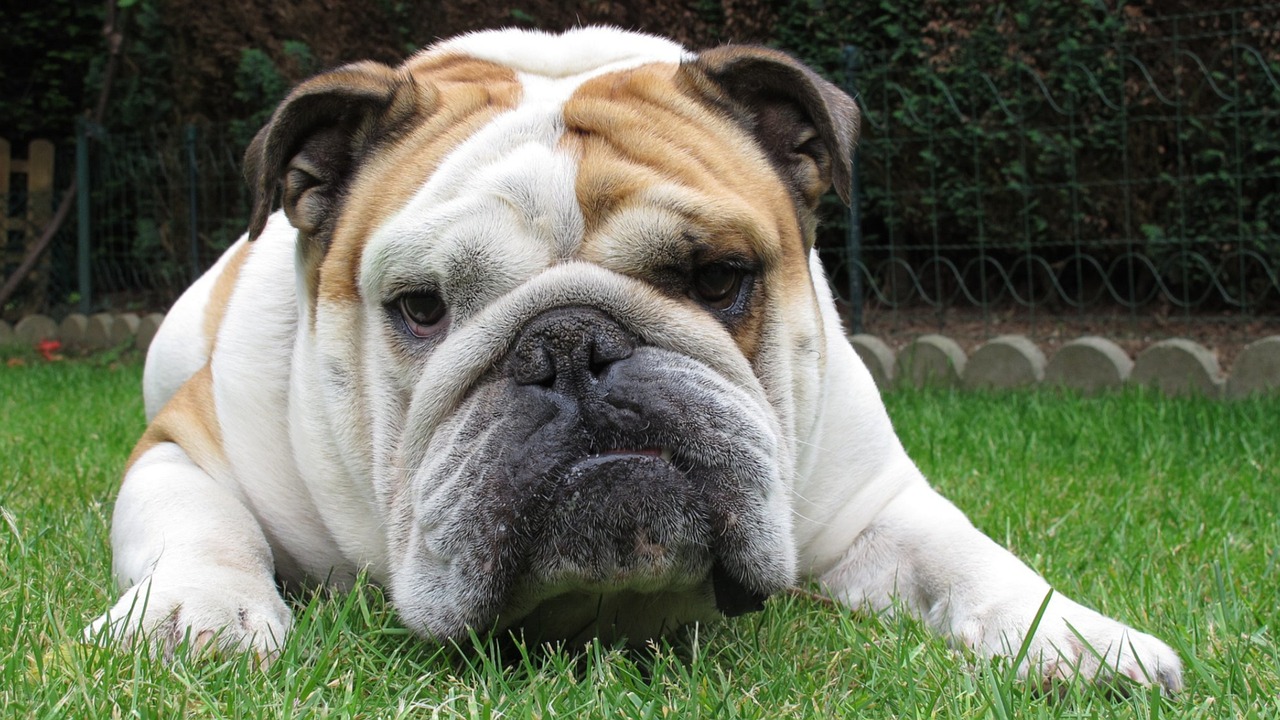
8. Boxer
Boxers are generally active dogs but can become obese if their diet and exercise are not carefully managed. Their muscular build and energy make them susceptible to overfeeding by owners who may misjudge the amount of food necessary for their activity level. Regular exercise and a diet proportionate to their energy expenditure are crucial to prevent obesity in Boxers.

9. Golden Retriever
Golden Retrievers are prone to obesity due to their love of food and sometimes sedentary lifestyle, particularly in older age. They are sociable dogs who often partake in family meals and gatherings where they can be overfed. It is important for Golden Retriever owners to monitor their dog’s food intake and maintain a consistent exercise regimen to avoid weight issues.
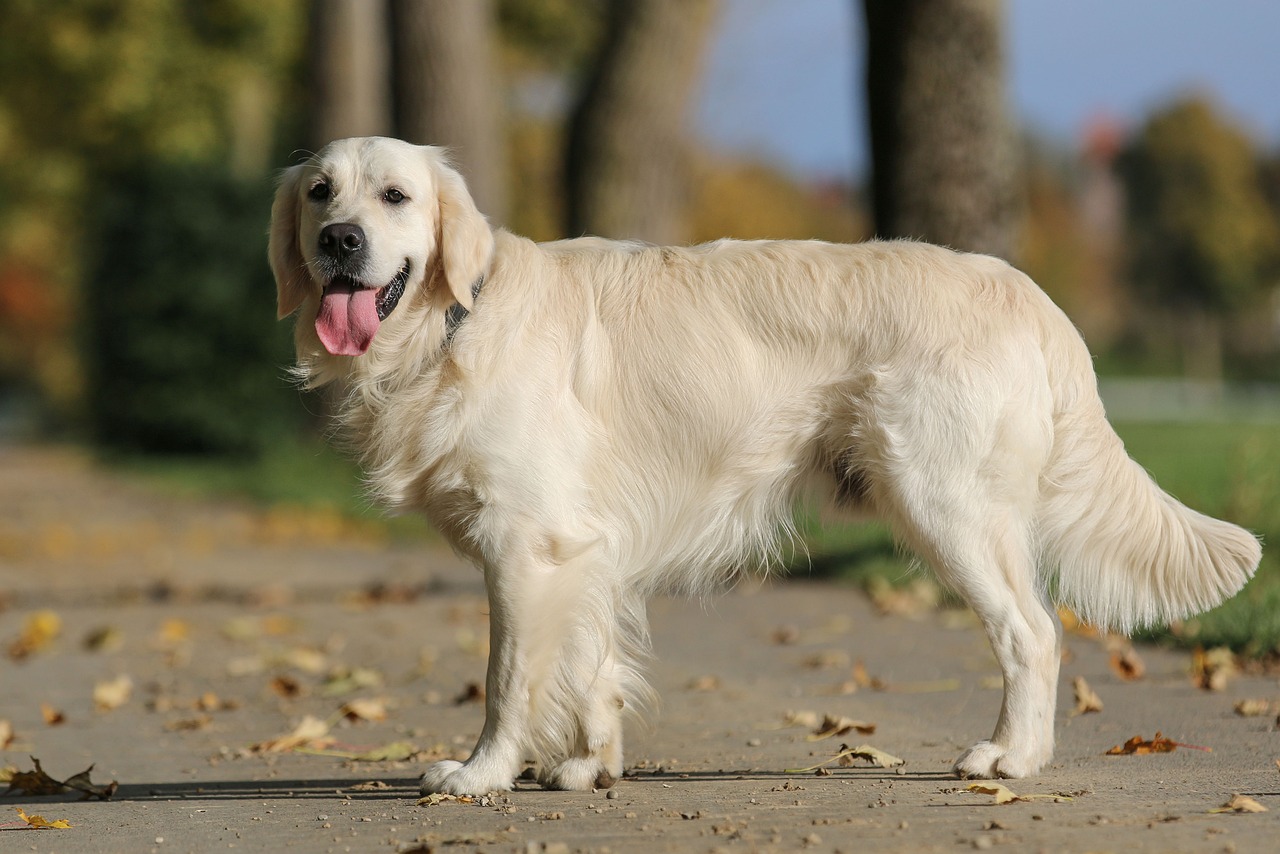
10. Rottweiler
Rottweilers are large, powerful dogs that can be prone to obesity if their high caloric needs are not balanced with sufficient exercise. They need a significant amount of physical activity to match their intake; otherwise, they can gain weight quickly. Maintaining an appropriate diet and regular physical training is essential to keep Rottweilers healthy and prevent obesity.
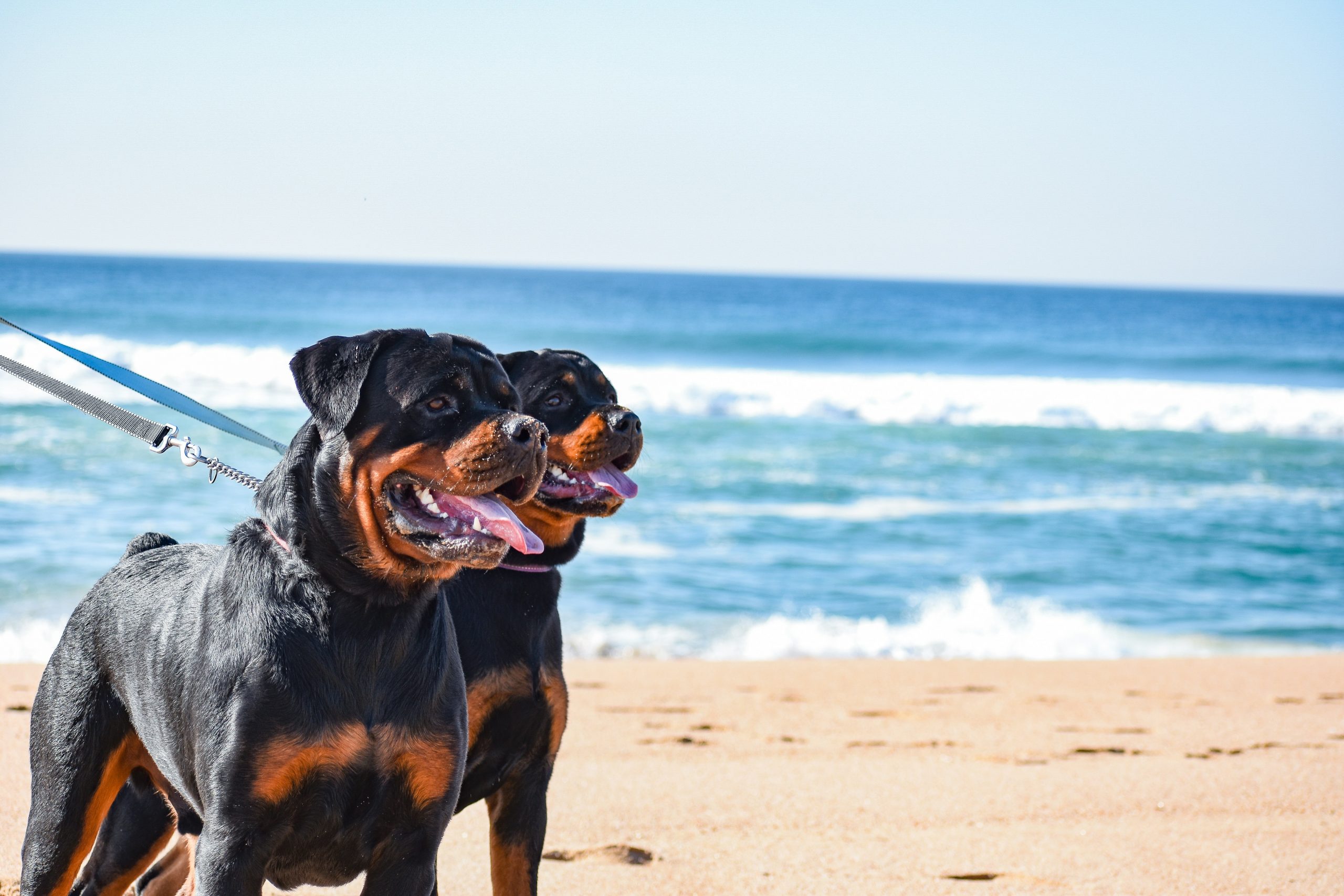
Managing a dog’s weight is crucial for their overall health and longevity, especially for breeds that are predisposed to obesity. Owners should be vigilant about their pets’ diet and exercise routines, making adjustments as necessary to prevent excessive weight gain. Regular veterinary check-ups can also help catch any weight issues early before they lead to more serious health problems. By understanding and addressing the specific needs of these breeds, owners can ensure their furry friends lead happy, healthy lives.
 Toledo, United States.
Toledo, United States.